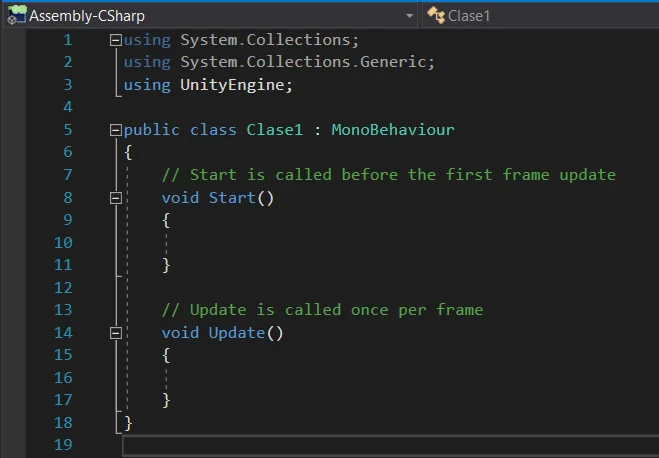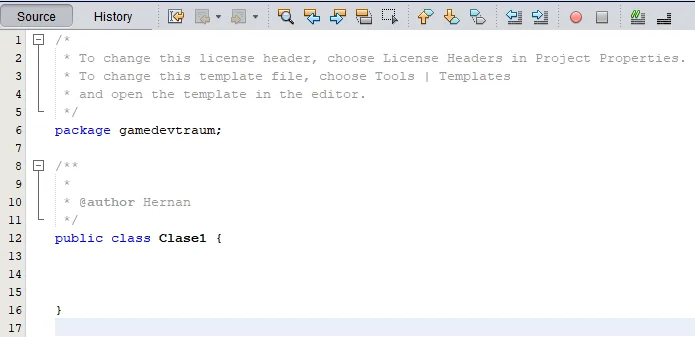Introduction
In this article we are going to see what are the differences between a class and an object in object-oriented programming (OOP). These are two concepts that can help us to solve complex problems because they allow us to increase abstraction, that is to say, to look at problems from a broader perspective.
It is important to clarify these topics are quite abstract, after all the classes and objects are still ones and zeros in memory, then to understand them is necessary to use the imagination and reason by analogy.
Summary of main differences between CLASSES and OBJECTS
1. A class is a user-defined programming structure while an object is a data type that is created from the programming class.
2. Classes are defined in the development process while objects are created at runtime, i.e. when the program is running. The creation of an object is often called “instantiation”, since what is done is to create “instances” of a class.
3. Within a class, data common to all objects is defined, then the objects are created using that information and adopt a particular state, defined by the value of their internal variables, those values may change during their lifetime. This means that we can have different objects that come from the same class but differ in their states.
What is a Class in OOP?
In essence, a class in object-oriented programming is the definition of a data type. How this definition is made will depend on what we are programming and with what tools, but in general a class is defined in a Programming Script, it has an identification name, it comes from a parent class that is higher in the inheritance hierarchy (in general the base class is Object, parent of all classes) and whithin the class all the properties and functions are defined, those members determine the behaviour of the objects that will be created from the class.


What is an OBJECT in OOP?
An object is an entity that is created based on a programming class, the creation process occurs during program execution and is known as instantiation. The object acquires a state during its creation and can be modified throughout the execution time until the program terminates or the reference to that object is lost and it is eliminated by the garbage collector.
Relationship between Classes and Objects
Objects are created from classes, classes define the structure (variables and functions) and the objects adopt a particular state, i.e its variables adopt specific values and can evolve during the object lifetime.
Conclusion
We have seen what is a class and what is an object in object-oriented programming and the main differences between class and object. Classes are like blueprints where we describe the information and behavior that objects will have, then in our code we can make use of that information and behavior through objects, which are entities that must be instantiated manually when needed. With the class we can create many copies of the same object and then each copy will have its own state and evolve in its own way.
We can think that classes are like ideas or rules conceived to describe an object, while the object is the materialization of those ideas, this of course is metaphorical since classes and objects are still ones and zeros located in computer memory.
